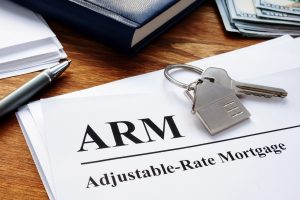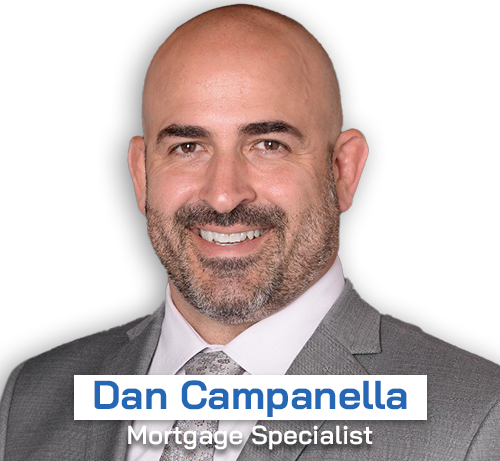
ARM Often Offers A Significantly Lower Interest Rate
Interest rates for ARMs are lower than fixed-rate loans. Lenders usually charge a higher interest rate for fixed-rate loans because they must predict interest changes over time. ARMs become especially appealing when general interest rates rise. Lower interest rates mean lower monthly payments for you. During that adjustable period, your 10-year ARM interest rate will rise or fall depending on the prevailing mortgage interest rate. There are caps that show how much your interest rate might change in 10 years.
What Is A Payment Cap On An ARM?
An annual ARM cap is an interest rate limit, denoting the highest possible rate a borrower may have to pay on an adjustable-rate mortgage (ARM) in a given year. Most often, the interest rate will be capped on an ARM.
How To Decide If A 10/1 ARM Or 10/6 ARM Is Right For You
A 10/6 ARM and 10/1 ARM have the same fixed rate period, 10 years. Once that period is over, the rate on a 10/6 ARM changes every six months. The rate on a 10/1 ARM changes every (one) year, after the 10-year fixed rate period.
The Advantages Of A 10-Year ARM
For example, let’s say you’re buying a new home and the spread between the two rates is 0.5%. You’re choosing between a $300,000, 30-year fixed mortgage at 6.30% APR and a 10/6 ARM at 5.70% APR. Your monthly payment would be about $1,857 for the 30-year fixed and only $1,741 for the 10/6 ARM. While $116 a month might not look like much, that adds up to nearly $14,000 of payment savings over the first 10 years. Multiply those savings by several moves in a lifetime, and you could be looking at tens of thousands of dollars in savings. Another advantage is if you’re planning on living in the home for fewer than 10 years you will get the interest rate advantages of an ARM’s fixed period and not deal with the adjustable portion of the loan. Also, any extra funds you have available during the span of the lower interest rate could be paid toward your principal for your loan. When the 10 years arrive, you will have a smaller mortgage balance.
The Disadvantages Of A 10-Year ARM
The big disadvantage of an ARM is the likelihood of your rate going up. If rates have risen since you took out the loan, your repayments will increase. Often, there’s a cap on the annual/total rate increase, but it can still sting. Another disadvantage if you do not stay with the 10-year moving plan it could be difficulty with refinancing. You could struggle to refinance to a fixed-rate loan if you relied on the more lenient terms and lower monthly payments of an ARM to help you qualify in the first place.
In high or rising interest rate environments, an ARM can be a good fit. If you think rates are poised to fall eventually, you can start with an ARM to secure a lower starting rate and hope that rates have fallen by the time the rate-lock period ends. Even if there’s a rate floor, you can always refinance if rates have fallen further than your ARM will adjust downward.
Contact Dan (954-336-1922) for a free consultation!
—
 About Dan Campanella – Mortgage Specialist
About Dan Campanella – Mortgage Specialist
Dan provides clients with years of proven experience and an abundance of financing options for their mortgages. His common sense approach and devotion to customer service is what sets him apart in the highly competitive mortgage industry. Dan prides himself on consistently delivering “referable services” to his clients, referral sources, and partners.

